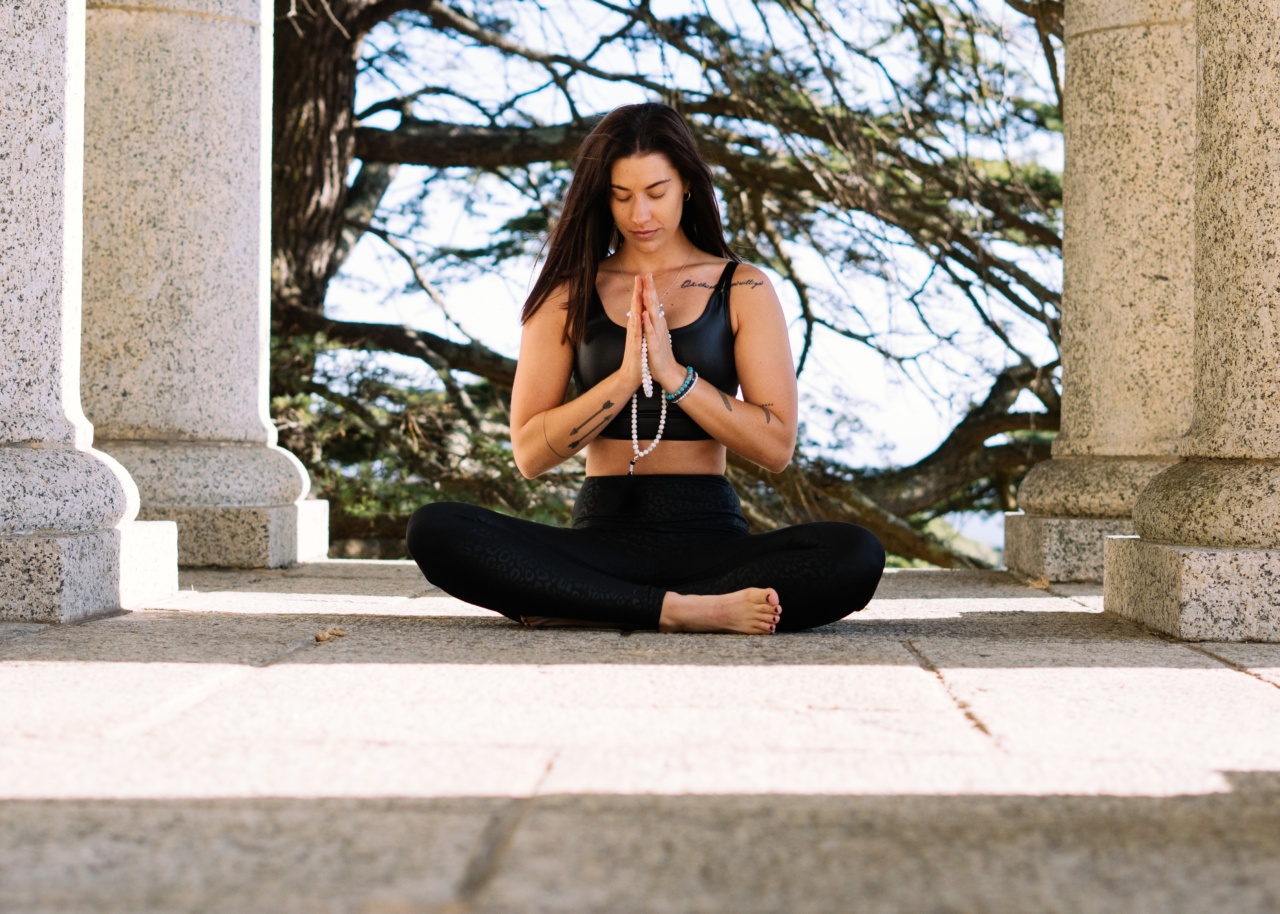Sitting for long periods of time has become a common occurrence in today’s world. Whether it’s at work, in a car or on the couch, we tend to spend a lot of time sitting.
While it might seem harmless, sitting in the same position for extended periods of time can have negative effects on our bodies – including our back health.
When we sit, our spine takes on a lot of pressure from the weight of our upper body. Over time, this can lead to muscle tension and tightness in our back, neck, hips, and legs.
This can cause pain and discomfort that can make our daily lives more difficult.
So, what can we do to prevent this? The answer lies in better posture and exercise.
The Importance Of Good Posture
Good posture is essential to maintaining healthy back health. It helps to distribute the weight of our upper body evenly, reducing the pressure on our spine.
Proper sitting posture allows our spine to maintain its natural curves, helping to avoid muscle strain and tension.
Here are some tips for maintaining proper posture while sitting:.
- Keep your feet flat on the ground
- Make sure your back is straight, with your shoulders relaxed
- Ensure that your hips are aligned with your knees and ankles
- Adjust the height of your chair so that your computer screen is at eye level
- Take breaks and stand up and stretch every 30 minutes
The Benefits Of Exercise
Along with proper posture, exercise is another excellent way to keep your back healthy. Exercise helps to strengthen your back muscles, increasing flexibility and reducing the risk of injury.
It also promotes better blood flow, which can reduce inflammation and promote healing.
Here are some exercises you can do to improve your back health:.
1. Cat-Cow Stretch
Start on your hands and knees, with your wrists directly under your shoulders and your knees under your hips. Inhale and arch your back, lifting your head and tailbone toward the ceiling.
Exhale and round your spine, dropping your head and tailbone towards the floor. Repeat several times, moving smoothly between the two positions.
2. Shoulder Blade Squeeze
Sit up straight and place your hands on your lap. Roll your shoulders back and down, squeezing your shoulder blades together. Hold for 5 seconds, then release. Repeat 10-15 times.
3. Pelvic Tilt
Lie on your back with your knees bent and your feet flat on the floor. Inhale and tilt your pelvis forward, arching your lower back. Exhale and tilt your pelvis backward, flattening your lower back.
Repeat several times, moving smoothly between the two positions.
4. Bridge
Lie on your back with your knees bent and your feet flat on the floor. Inhale and lift your hips, squeezing your glutes and lower back muscles. Hold for 5 seconds, then release. Repeat 10-15 times.
5. Plank
Start on your hands and knees, with your wrists directly under your shoulders and your knees under your hips. Step back with your feet, straightening your legs into a plank position.
Hold for 30 seconds to 1 minute, keeping your core engaged and your back straight.
Conclusion
Sitting for long periods of time can negatively impact your back health. But by practicing good posture and incorporating exercise into your daily routine, you can prevent discomfort and pain.
Remember to take breaks and move around regularly, and don’t hesitate to seek medical attention if your back pain persists.


























